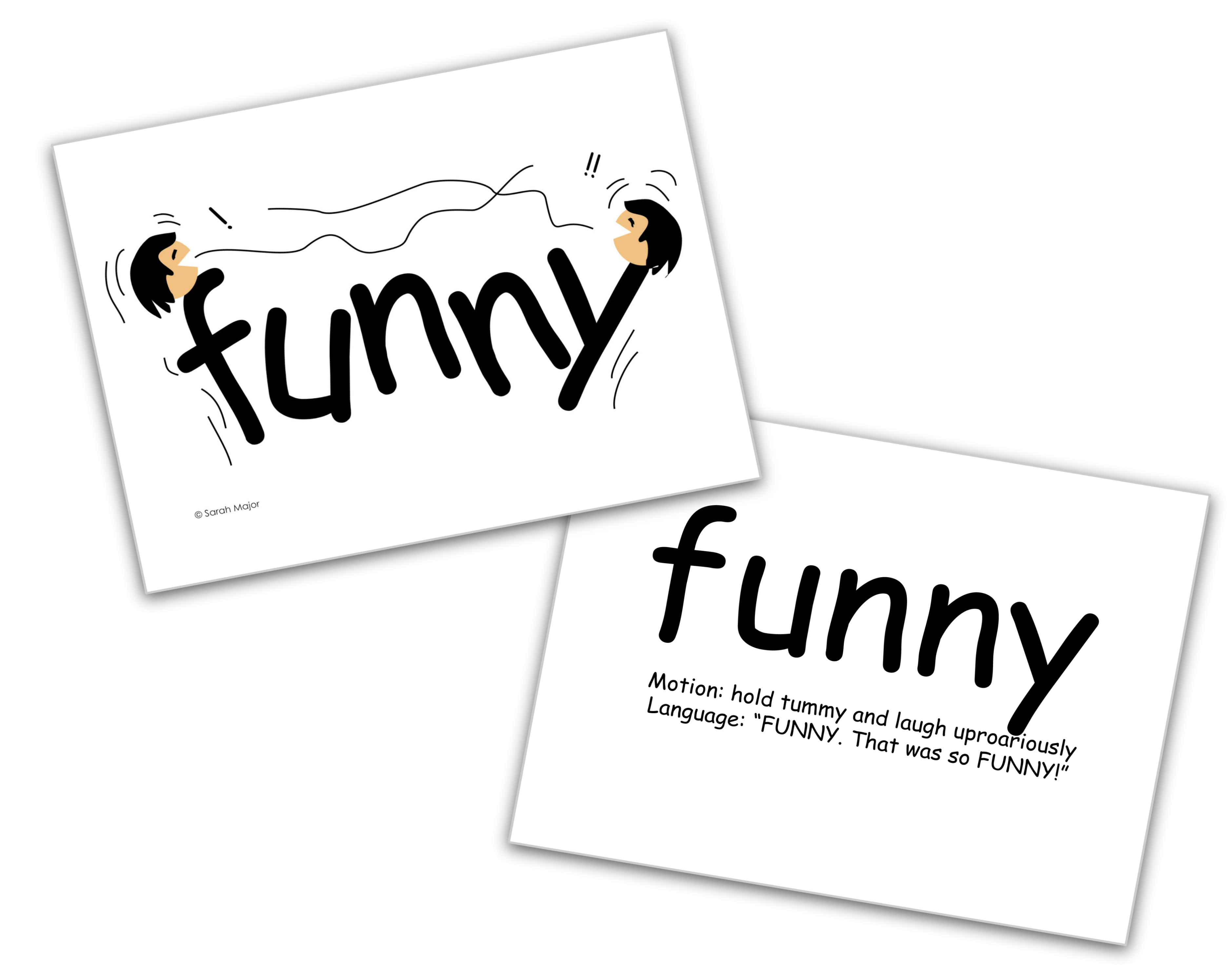The Strengths of Visual Learners
When visual learners begin school, they likely won't be prepared to help themselves succeed in an educational system that is not designed for their type of brain and how it processes. Because they are children, they will trust their adults to understand them and know how to teach them! It is our desire to share all we can about how visual learners process and how we can best meet their learning needs.
Here are just a few of the strengths of visual learners. Let's celebrate these bright, creative children!
Visual Learners Have Mental Cameras
Children who are visual learners have busy brains that snap pictures of things just like a camera. Those images go into visual memory and so learning is instant and permanent. Once they have visualized a concept, it is very hard for them to forget it. If we teach new material in ways that utilize images, maps, graphs, and graphic organizers, the content inside the visual will be easily learned and remembered without drill or memorization.
As you show a visual learner an image of some kind, tell them right away what it represents.
For example, in learning sight words using SnapWords®, the visual learner will snap their mental picture and then will be able to recall each word complete with its meaning by way of the visual embedded in the word.
When I am using SnapWords® to teach reading, I always tell the children what the word says right away because what I say first is what stays with them.
For instance, the word FUNNY shows two children (the initial F and the final Y) laughing uproariously. I remember the time I let a child guess the word and they said, "LAUGH," because that is what the figures in the picture are doing. “Laugh” got stuck in their head and tripped them up for weeks.
So, I learned to always tell the child the meaning of the word right away. I now say, “This word says FUNNY. See the children are laughing because someone told a joke, and they think it is funny!” This word is found in SnapWords® List B.

Get SnapWords® Teaching Cards here and see the difference they make.
Visual Learners Can Learn Related Things at One Time
Visual learners prefer to start with the whole before breaking the whole into parts and steps. They learn by pattern-seeking and by relating like things together. This way of learning requires them to have a lot of information available to them from the beginning.
For example, I have discovered that the shortest route to getting a visual learner reading without confusion is to introduce words as series of sounds, not letter spellings. I teach a SOUND at a time and all the ways to spell that sound. (Please go look at The Illustrated Book of Sounds and Their Spelling Patterns.)
If you teach a child that AY sounds like long A, it is a good idea to show all the other spellings of long A to them at the same time before you focus in on one spelling. Otherwise, when you get to a word that has a long A spelling spelled AI, they will be confused and protest, “But you said AY says A!”
Post the chart at the very first lesson in the sound of long A so the child will see where the detail they're learning fits into the whole picture.

This chart shows, in color, all the ways you can spell the SOUND of long A. Beginners will have no problem with the long vowel concept if you use this sort of chart. Note that the target sound spellings are colored red. When teaching with this chart, I would simply say, “Each time you see red, say (long sound of) A.”
Visual Learners Can Create Steps of Their Own
One beautiful thing about the minds of visual learners is once they are given a chance to see what the goal of learning is and are allowed time to absorb and consider, they will be ready to quickly put together the steps to reach the goal.
Here's a silly story illustrating the difference between sequential and visual children
Say you have two children standing in front of you expectantly. Child A is a left-brained, sequential soul who readily listens to and executes directions with ease. Child B is a visual learner. You say, “Kids, let’s build a Sizzlesnoffer today!”
You have already explained that a Sizzlesnoffer is a really cool gadget that you believe will greatly reduce the time spent removing kernels of corn from their cobs. You came up with this idea because you have just finished planting nine long rows of corn and you are blanching at the thought of manually cutting all those juicy kernels from their cobs before freezing them.
Because the children are young, you believe it is helpful to tell them what to do one step at a time. Child A is great with this because they feel most confident when given steps to follow. They can listen to oral instructions well, can interpret what the words are saying, and has no trouble executing the task.
Child B, on the other hand, is still gazing at you like a deer caught in the headlights when you are already at the end of step 4. “I don’t get it,” they intone mournfully.
You don’t say it out loud, but you’re thinking, “These easy steps? And you don’t get it?” But you want to help! You start at the beginning again repeating your steps, and unbelievably Child B begins to cry, or maybe says, “This is dumb anyway.” You are thinking, “Where did I go wrong?”
Try An Approach That Works for Visual Learners
The next time you build a Sizzlesnoffer and know you have many Child B's in the group (every family and every classroom has them), try this:
“Kids, we’re going to build a Sizzlesnoffer today. This (show picture) is what one looks like. We use it to remove corn kernels from corn cobs so we don’t spray corn juice all over the kitchen walls by doing it by hand with a knife.”
This time you let both children study the picture all they want. Child A likely won’t spare it a glance because he’s getting really nervous that you won’t be handing out step-by-step directions. The Child Bs in the group will study the picture in detail and might ask questions such as, “How fast does it need to go? Does mine have to look just like this one?”
Next, in your absolute brilliance, you hand Child A the list of directions (remember, there are always directions for putting things together, and they come printed in four languages). He goes off happily to read and follow the directions.
You do not offer Child B the same boon. They don’t want directions anyway, especially not if there are no pictures to go with them. They will go off and armed with the purpose of the exercise, an example of what one looks like, they will (if given freedom to do so) make a new version of the Sizzlesnoffer.
Their Sizzlesnoffer will have improved details, such as a chute for the newly beheaded kernels to travel into the attached freezer bags. Their machine will probably have an automatic sealing feature.
This is the beauty and the gift of the visual learner who is able to rely on their strengths.
Do You Need Resources to Use With Your Visual Learners?
Please reach out to us for suggestions. We are happy to help! All Child1st Products are designed to pick up and use with confidence, knowing you will also reach your visual learners!


Can I get buy all at a reduced price, just wondering.
This is an excellent piece. It describes exactly the problems I experienced growing up as a visual learner. I have a 3 year old who just started talking. However, I always knew that he was a very intelligent child although limited in vocabulary. He is always trying to use anything he can lay his hands on to build things that he sees and likes. He knows almost the names of a dozen cars and during the elections he rightly mentioned the names of most of the candidates. Yet, he can hardly sit still to listen to any instructions and even if he does he has no clue as to what you are saying unless you demonstrate it. Thanks for the post, I hope he will have the chance to meet people like you who know how to bring out the best in them through visual learning.
Leave a comment